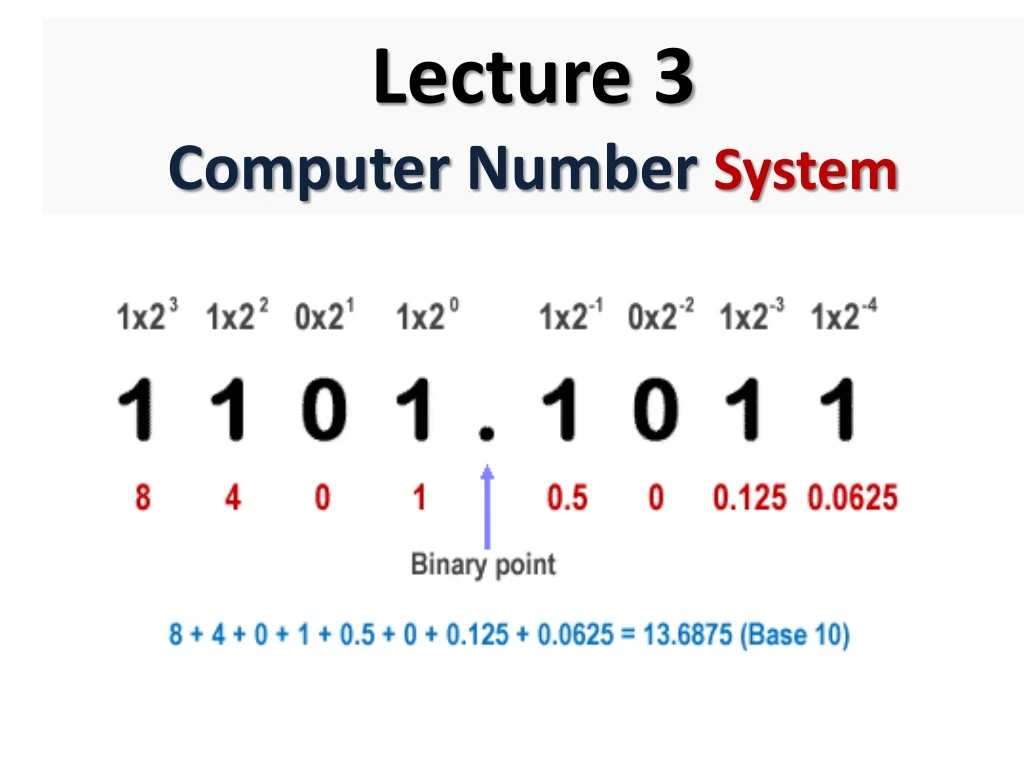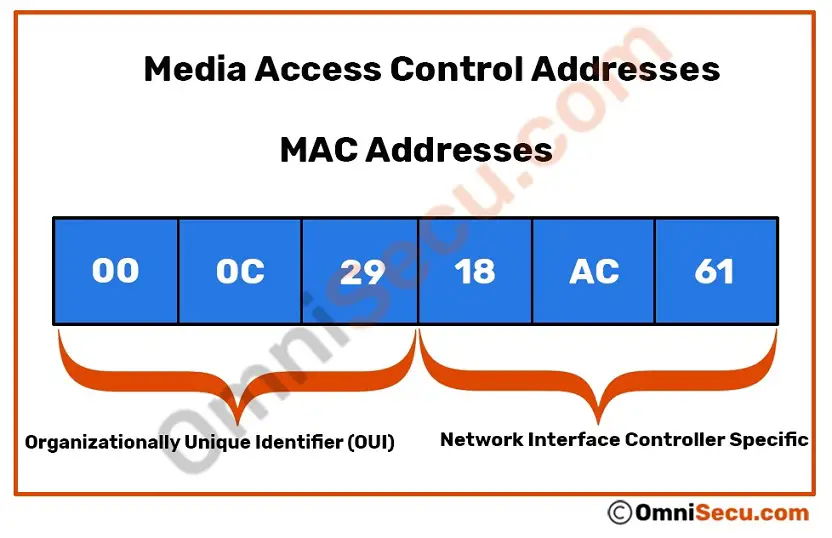
It is the responsibility of a vendor to ensure that no two of its devices are assigned the same MAC address. Therefore, the Ethernet MAC address of that device would be 00-60-2F-3A-07-BC. Cisco would configure the device with a unique vendor code such as 3A-07-BC. Because 1 byte equals 8 bits, we can also say that a MAC address is 6 bytes in length.įigure 7-8 The Ethernet MAC Address Structureįor example, say that Cisco needs to assign a unique MAC address to a new device, and the IEEE has assigned Cisco the OUI 00-60-2F. MAC addressing provides a method for device identification at the data link layer of the OSI model.Īn Ethernet MAC address is a 48-bit address expressed using 12 hexadecimal digits, as shown in Figure 7-7. The MAC address is used to identify the physical source and destination devices (NICs) on the local network segment. In an Ethernet LAN, every network device is connected to the same shared medium. If such conversions are required, convert the decimal or hexadecimal value to binary and then to convert the binary value to either decimal or hexadecimal as appropriate. You might have to convert between decimal and hexadecimal values. Hexadecimal may also be represented using a subscript 16 or by using the hex number followed by an H (for example, 73H). Hexadecimal numbers are often represented by a value preceded by 0x (for example, 0x73) to distinguish between decimal and hexadecimal values in documentation. For example, in Figure 7-6, the binary value 0000 1010 is shown to be 0A in hexadecimal.

When using hexadecimal, leading zeros are always displayed to complete the 8-bit representation. Query generates an output response according to selected options.Figure 7-6 Selected Examples of Decimal to Binary to Hexadecimal Conversions It takes MAC Address as input string and generates a query against given MAC address and conversion option like to IPV6 or to IPV4 or both then performs the above steps. This free MAC address converter can convert any MAC address into an IPV4 internet protocol Address and an IPV6 internet protocol Address.

Here’s the conversion process step by step: A mac address is 48 bits, an IPv6 address is 128 bits.


 0 kommentar(er)
0 kommentar(er)
